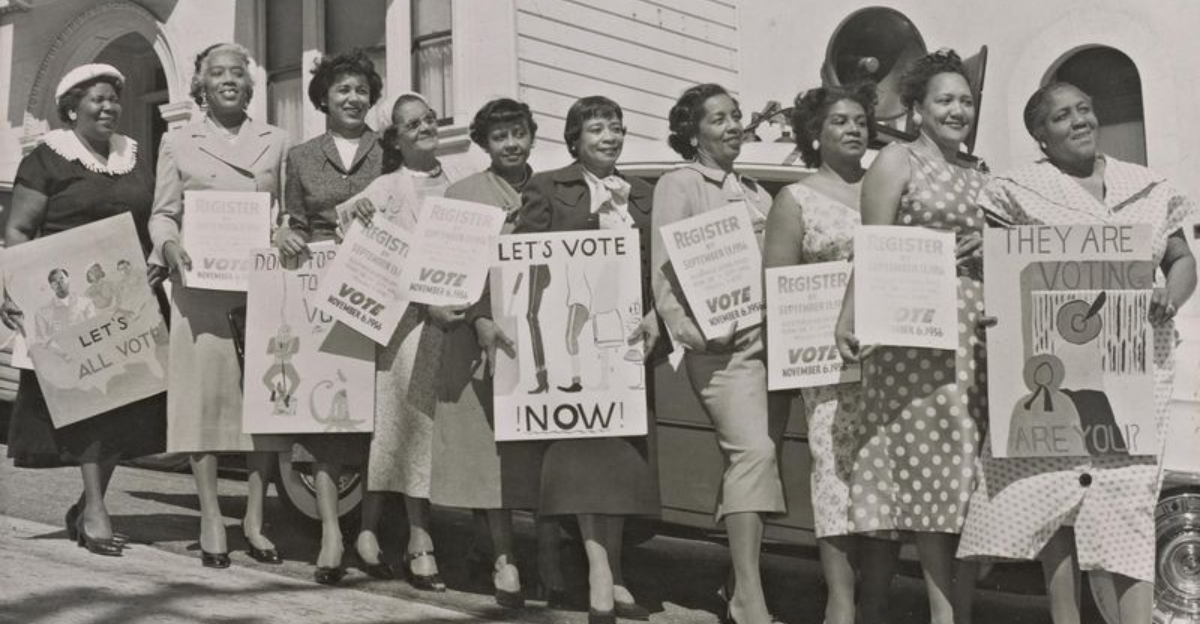19 Social Barriers Black Women Faced In The ‘50s
The 1950s were a decade of significant social challenges for Black women in America. Navigating a world designed to limit their potential, they faced unique barriers shaped by both racism and gender discrimination.
Each day was a struggle to assert their identity and dignity in a society that often denied them basic rights and respect.
This blog post delves into 19 specific social barriers that Black women confronted in the 1950s, highlighting their resilience and the systemic inequities that still echo today.
1. Denied Service at Public Places
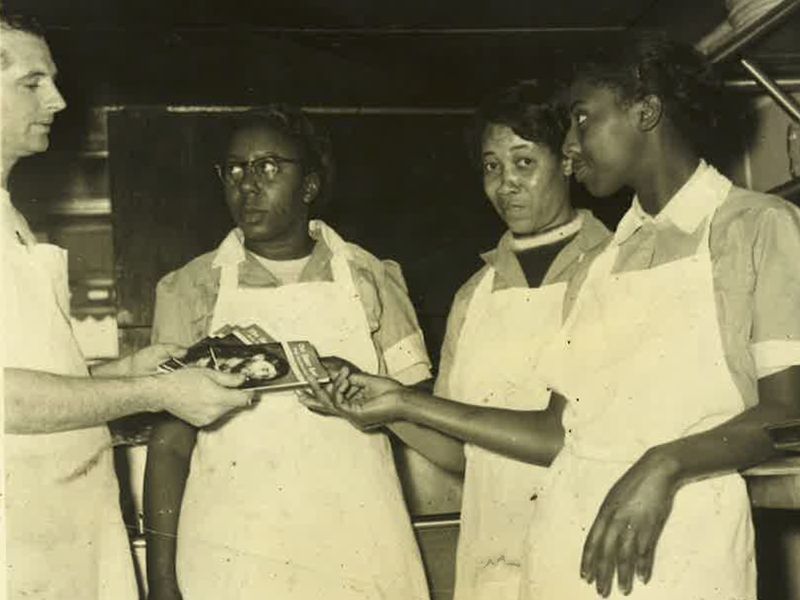
Imagine stepping into a diner on a sunny afternoon, yearning for a simple meal, only to be met with a cold refusal. This was the reality for many Black women in the 1950s.
Denied service in restaurants and public spaces, they were often forced to find solace in segregated establishments. Such experiences were not merely inconveniences; they were constant reminders of the systemic racism that sought to diminish their presence.
Yet, these women carried themselves with dignity, refusing to let discrimination define their worth. These public rejections forged a community of resilience, as they sought out and supported Black-owned businesses, creating networks of solidarity amidst adversity. Even in exclusion, they found unity and strength.
2. Limited Access to Safe Medical Care
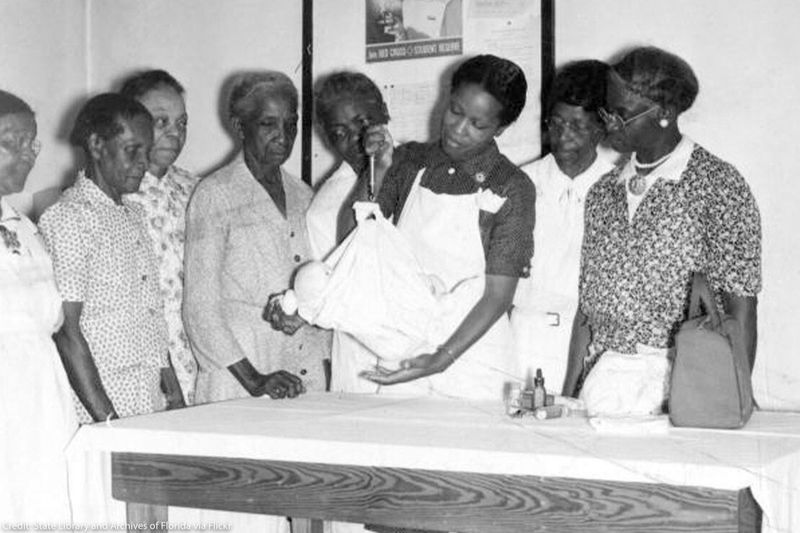
When seeking medical help, Black women faced indifference or outright negligence. Access to safe medical care was limited, and even when it was available, their concerns were often dismissed. This neglect wasn’t just about physical health; it was an assault on their dignity. Many had to endure untreated ailments, relying on home remedies or community healers.
Despite these challenges, Black women continued to advocate for their health, demanding attention and respect in a system that often turned a blind eye. Their struggles laid the groundwork for future movements in health equity. Through adversity, they learned to navigate a hostile healthcare landscape, ensuring their voices were heard, even in whispers.
3. Separate and Unequal Education Systems
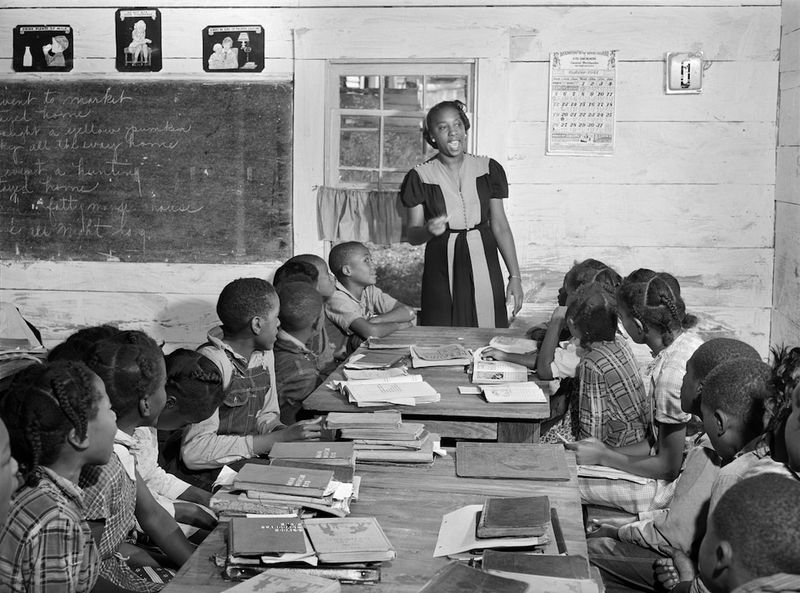
Education, a beacon of hope, was tainted by inequality. Black women, as students and educators, navigated separate and unequal systems that sought to curtail their potential. Schools were underfunded, and resources were scarce, yet they persisted in pursuit of knowledge.
As young girls, they learned in cramped, inadequate classrooms, driven by a desire to rise above societal constraints. As teachers, they became pillars of their communities, fostering resilience in their students. This dual role of learner and educator embodied their commitment to change.
They understood that education was a powerful tool for transformation, even when the odds were stacked against them, and they wielded it with unwavering resolve.
4. Excluded from Help Wanted Signs
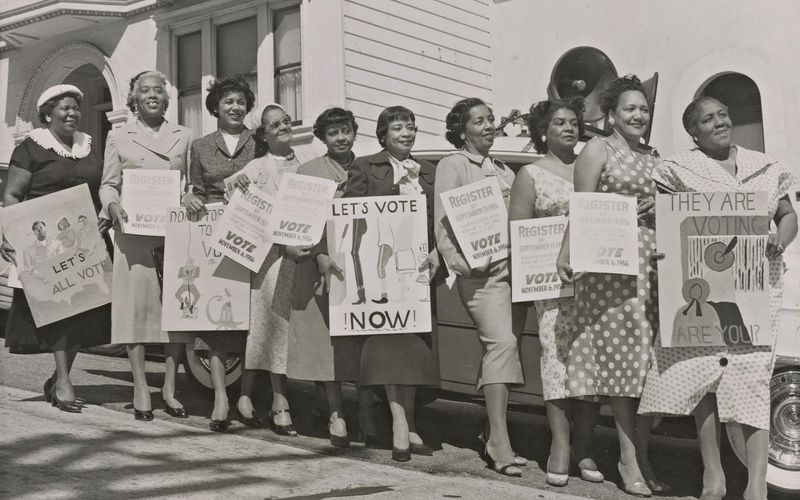
“Help Wanted”—a beacon of opportunity for some, yet a stark reminder of exclusion for Black women. These signs often meant “Whites Only,” pushing capable women into menial jobs. Despite their skills, they were confined to roles as maids or cooks, with little room for advancement. This exclusion wasn’t just about employment; it was a denial of their aspirations and talents.
Yet, they persevered, creating informal networks and leveraging communal ties to find work. Many became entrepreneurs, starting small businesses within their communities. This entrepreneurial spirit was a testament to their resilience and ingenuity, transforming barriers into opportunities even when society offered none.
5. Expected to Raise White Children
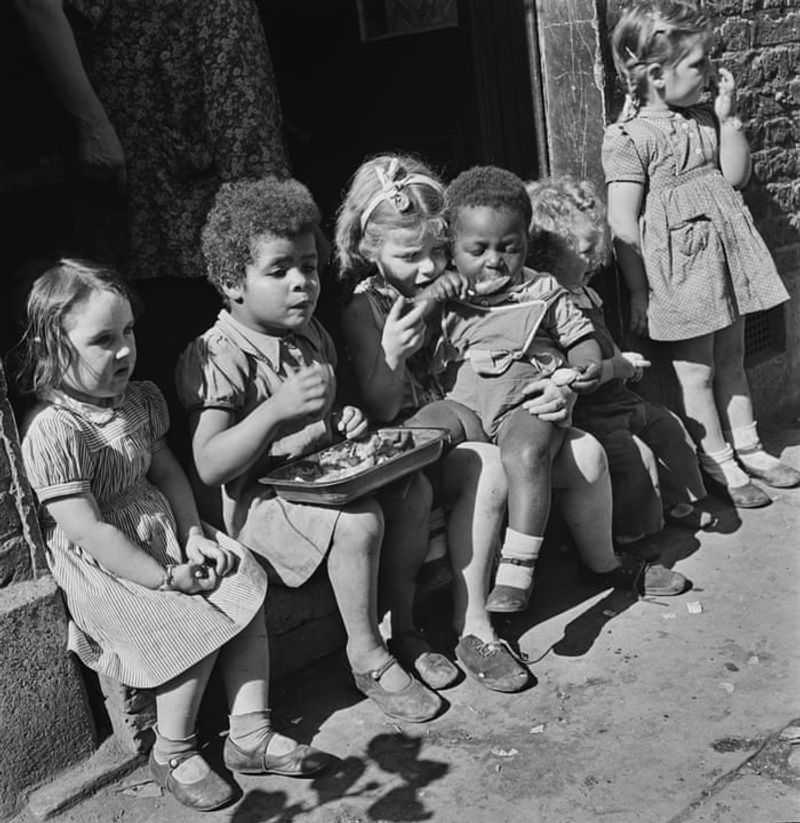
Black women were often expected to raise white children, a role fraught with contradictions. Entrusted with the care and upbringing of these children, they were simultaneously kept at arm’s length by society. This expectation highlighted a deep-seated hypocrisy—valuing their nurturing capabilities while denying them equal status.
These women formed bonds with the children under their care, leaving lasting impressions that often went unrecognized. Despite the emotional labor involved, they were seldom acknowledged as part of the family. Their stories of caregiving are interwoven with resilience and quiet strength, as they navigated the complexities of affection and social boundaries.
6. Constant Code-Switching

Navigating the world required a dual identity, as Black women perfected the art of code-switching. This skill, born out of necessity, involved altering their speech, behavior, and appearance to fit into spaces that often judged them harshly. At work, they adopted a demeanor that was palatable to white colleagues, while remaining true to their authentic selves in familiar settings.
This constant adaptation took a psychological toll, yet it was a form of resistance and survival. Through code-switching, they maintained their professional presence without losing their cultural identity, walking the tightrope between acceptance and authenticity. It was a daily testament to their resilience and adaptability.
7. Overly Objectified Yet Denied Autonomy
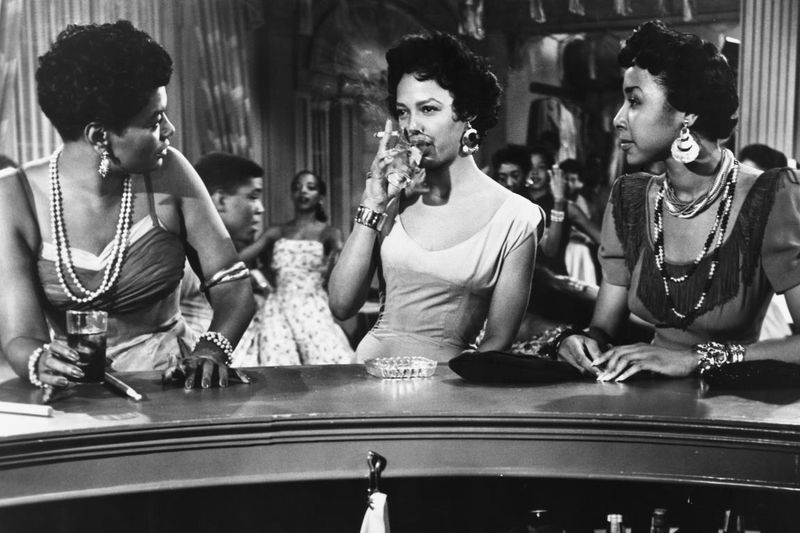
Objectification robbed Black women of their autonomy, reducing them to one-dimensional caricatures. Media and societal narratives portrayed them as exotic and promiscuous, denying them the complexity and dignity afforded to others. This stereotype was a tool of oppression, perpetuating harmful myths that justified discrimination and violence.
Yet, Black women resisted, challenging these portrayals through their actions and voices. They demanded to be seen as individuals with unique stories, not just as objects of desire. This fight for autonomy was not only about reputation but about reclaiming their narratives. Despite pervasive stereotypes, they asserted their right to define themselves on their own terms.
8. Marriage and Motherhood Judgments
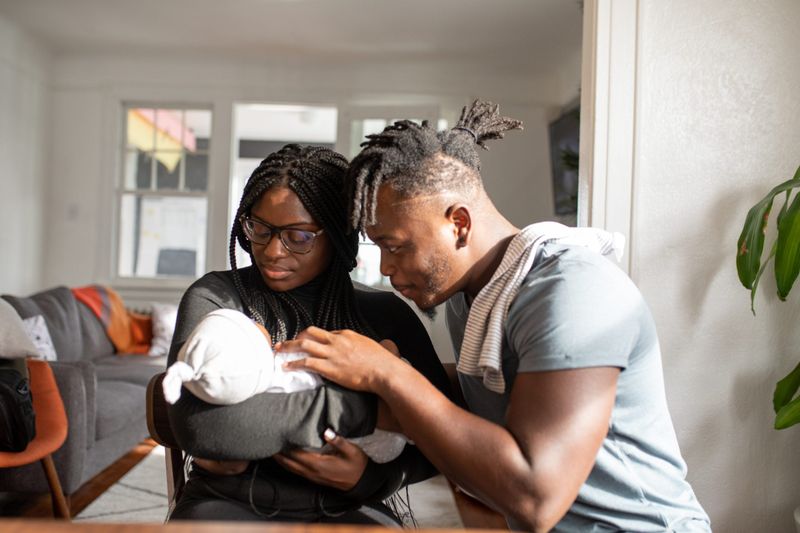
Marriage and motherhood, sacred to many, became battlegrounds of judgment for Black women. Society imposed racial stereotypes that questioned their capabilities as wives and mothers. Despite forming loving families, they were often scrutinized and demeaned by those who viewed them through a lens of prejudice.
This external judgment didn’t deter their dedication; it fueled a deeper resolve to nurture and protect their families. They built strong households, often extending their care beyond immediate family to community members in need. By fostering strong family bonds, they not only defied stereotypes but also created support networks that were vital for survival and resistance.
9. Excluded from Women’s Rights Movements
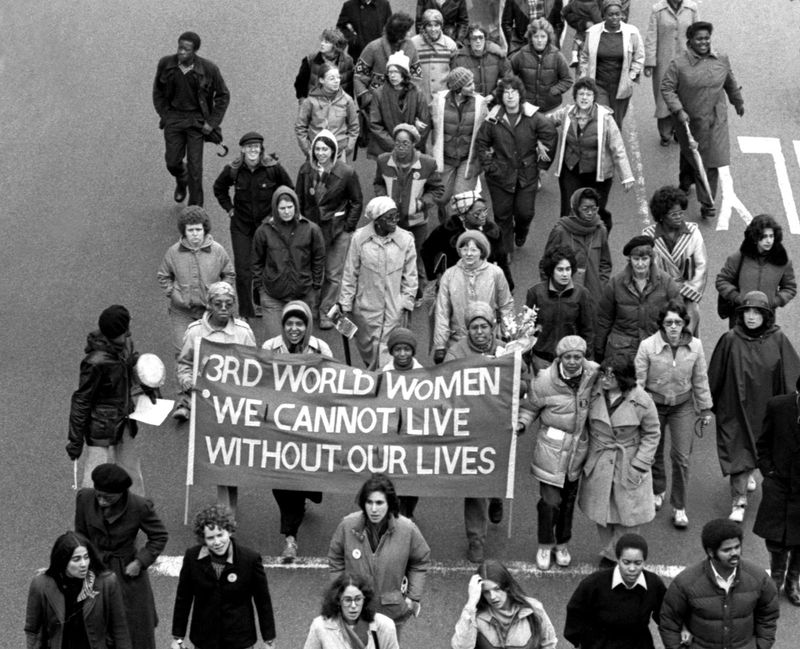
Women’s rights movements, heralded as liberatory, often sidelined Black women’s voices. Their contributions were minimized, and their struggles were seen as secondary. This exclusion reflected a broader societal tendency to prioritize white women’s issues.
Black women, undeterred, formed their own organizations, advocating for racial and gender justice. They understood that true liberation required intersectional awareness, embracing both racial and gender identities.
Their activism was a force of its own, laying the groundwork for future intersectional movements. They fought for a vision of equality that was inclusive and expansive, challenging both gender norms and racial barriers. Through perseverance, they continued to fight for a place at the table.
10. Fear During Public Travel

Public travel was fraught with fear and uncertainty for Black women. Even in “free” states, they faced the constant threat of racial violence and harassment. Boarding a bus or train was an act of courage, as they navigated spaces that often questioned their right to be there.
Despite the hostility, Black women used travel as a means to connect with distant family and communities, recognizing its role in maintaining personal and social ties. They displayed remarkable bravery, confronting the unknown with grace and determination. Their journeys were not just physical, but symbolic of their unyielding spirit in seeking freedom and connection.
11. Respectability Politics and Appearance
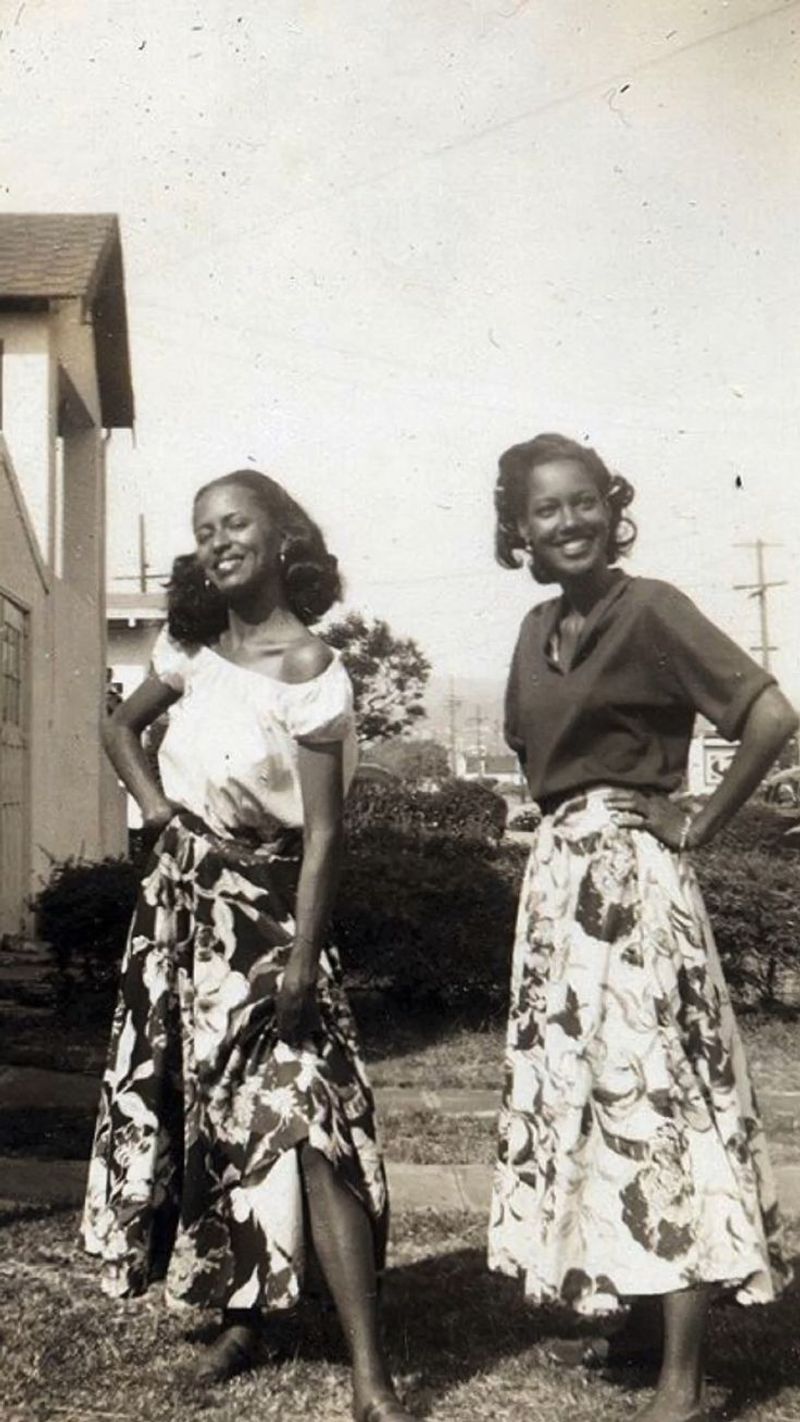
Respectability politics dictated how Black women presented themselves to the world. Hair, clothing, and demeanor were constantly scrutinized, as society imposed rigid standards of decorum. These expectations were burdensome, yet many navigated them skillfully, understanding the power of first impressions. Adhering to respectability politics was a strategy for survival, a way to counteract negative stereotypes.
Yet, it also constrained individual expression. Despite this, Black women found ways to infuse their personalities into their appearances, subtly resisting the pressure to conform. Their style became a form of silent rebellion, a statement of identity in a world that sought to erase it.
12. Limited Access to Property Ownership
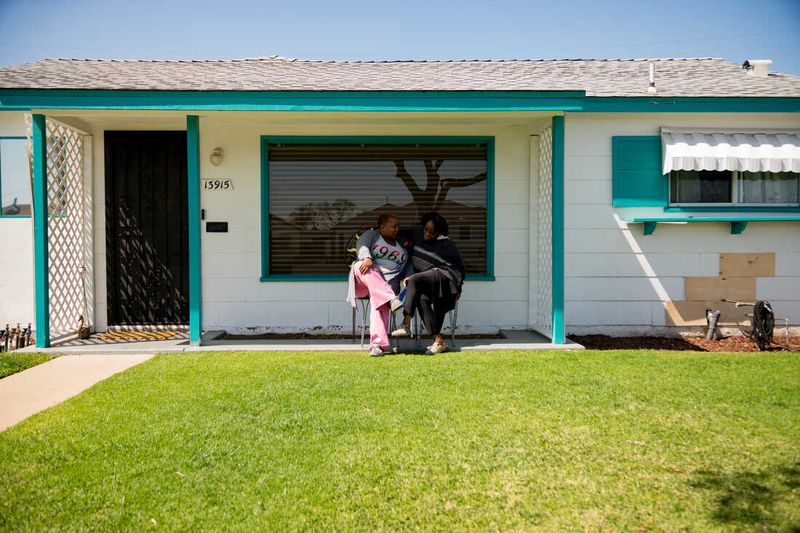
The dream of homeownership was elusive for many Black women in the 1950s. Discriminatory practices like redlining made it difficult for them to acquire property, denying them the opportunity to build wealth and stability. Despite financial hurdles, they persisted, pooling resources and supporting each other in the quest for a place to call their own.
Homeownership was more than just a financial goal; it was a symbol of independence and success. Through perseverance and community support, some managed to overcome these barriers, leaving a legacy of determination for future generations. Their stories of homeownership are tales of tenacity and triumph over systemic injustice.
13. Silenced in Church and Community
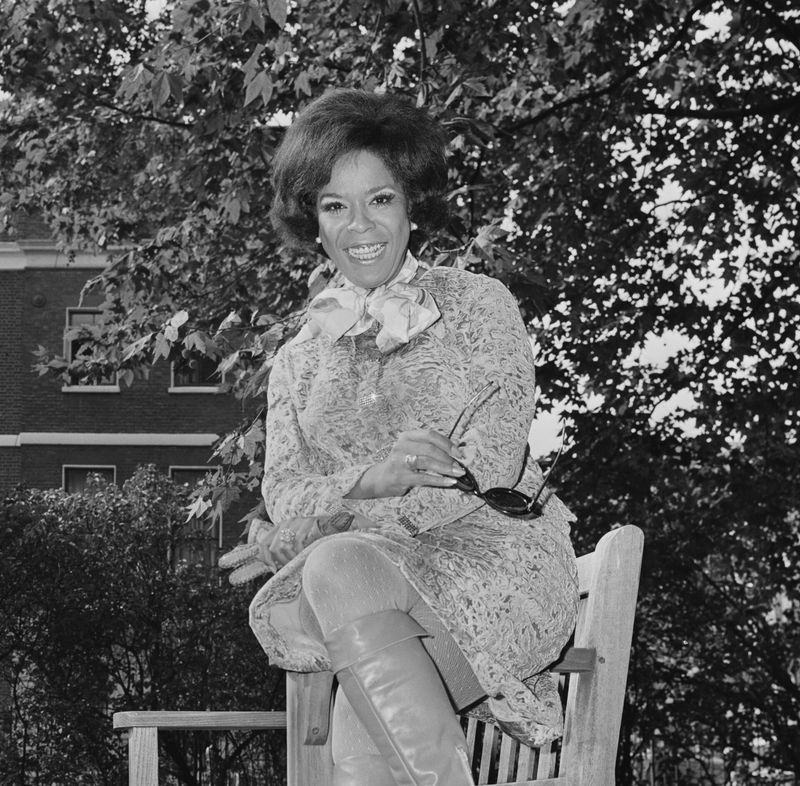
Within church and community spaces, Black women often found themselves silenced. Despite being the backbone of these institutions, their voices were frequently overshadowed by male leadership. This marginalization extended beyond the pulpit, affecting their ability to influence decisions that impacted their lives.
Yet, they continued to serve and support their communities, finding alternate ways to express their leadership. Through informal networks and community organizing, they wielded significant influence. Their resilience in the face of silencing was a testament to their unwavering commitment to their faith and community. They found strength in unity, creating spaces where their voices could be heard and valued.
14. Media Portrayals as Maids
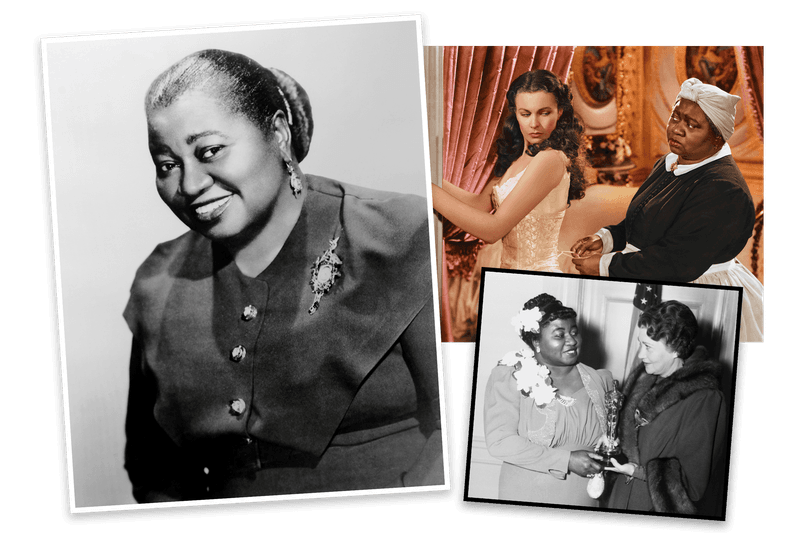
Media representations often reduced Black women to roles of maids or background characters. These portrayals were not just inaccurate; they were harmful, perpetuating stereotypes that confined them to subservient roles. Yet, Black women in media and arts began challenging these narratives, demanding more nuanced and respectful representations.
These efforts paved the way for future generations to reclaim their stories. Despite the limitations, they infused depth and dignity into their roles, subtly subverting expectations. Their presence in media became a form of activism, challenging audiences to see beyond the stereotypes and recognize the full spectrum of their humanity and experiences.
15. Having to Prove Their Worth
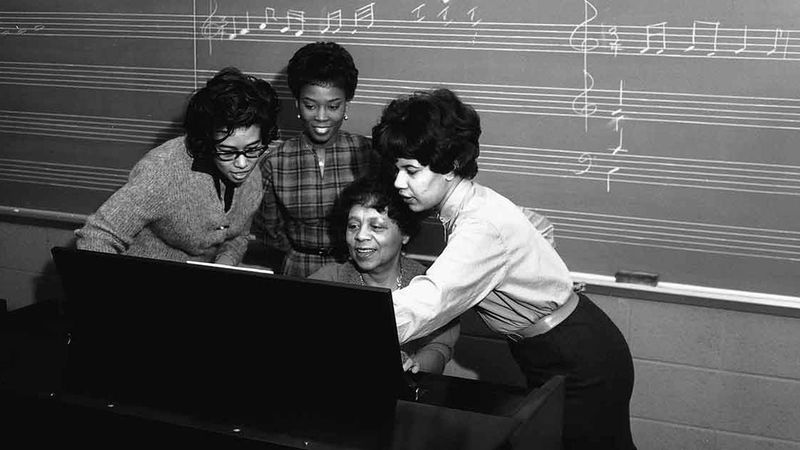
In professional spaces, Black women were constantly required to prove their worth. Despite their skills and accomplishments, their capabilities were often questioned. This scrutiny wasn’t just about performance; it was a reflection of deep-seated racial prejudices. Yet, they rose to the challenge, demonstrating excellence and resilience in the face of doubt.
Their tenacity in navigating these environments became a testament to their strength and determination. They not only met expectations but often exceeded them, paving the way for future generations to enter spaces that once seemed inaccessible. Their legacy is one of breaking barriers and redefining what it means to succeed.
16. Punished for Strength and Pain
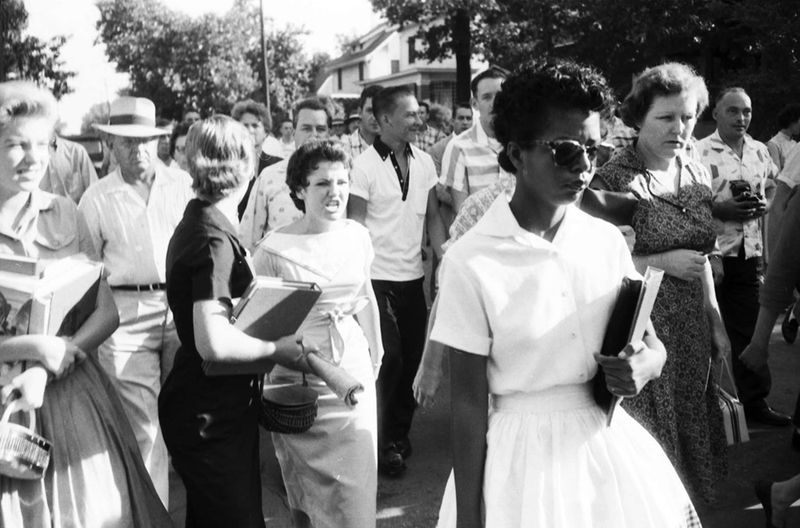
Strength was often met with punishment, and vulnerability with dismissal. Black women who displayed resilience were labeled as “too strong,” while those who showed pain were ignored. Society’s inability to see them as multifaceted individuals was a barrier in itself. Yet, they continued to navigate these challenges, refusing to be defined by narrow perceptions.
Through advocacy and solidarity, they carved out spaces where their voices could be heard, and their emotions validated. This duality of strength and vulnerability became a defining aspect of their identity, shaping a legacy of empowerment and empathy. Their stories are reminders of the complexities of human experience and the courage to be seen.
17. Facing Racial and Gender Violence
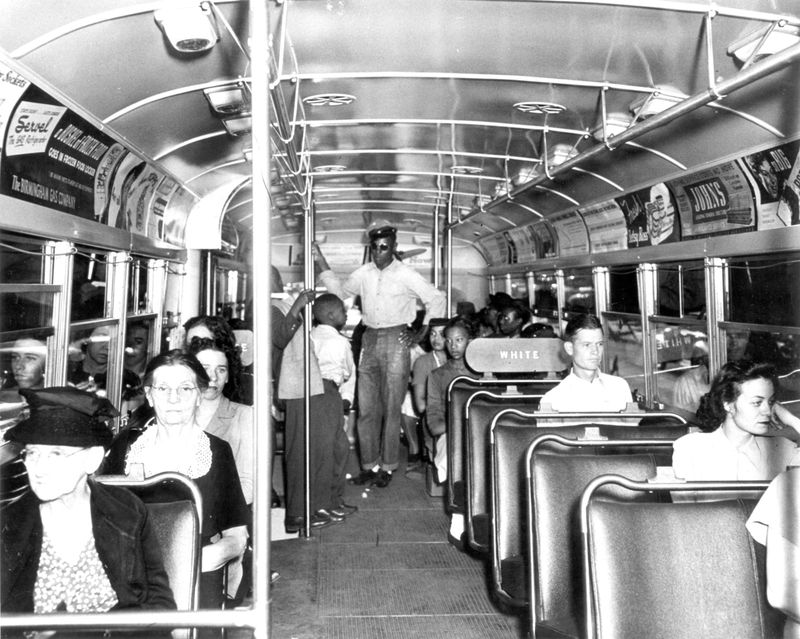
The intersection of racial and gender violence created a uniquely oppressive experience for Black women. They faced threats from all sides, with little recourse or protection. Yet, they stood firm, often leading the charge against injustice. Their activism was born out of necessity, as they fought not just for themselves but for their communities.
They organized rallies, spoke out against violence, and supported victims, building a movement that demanded accountability. Despite the risks, they persisted, knowing that their struggle was part of a larger fight for equality. Their courage in the face of violence continues to inspire and galvanize movements for justice today.
18. Little Protection Under the Law
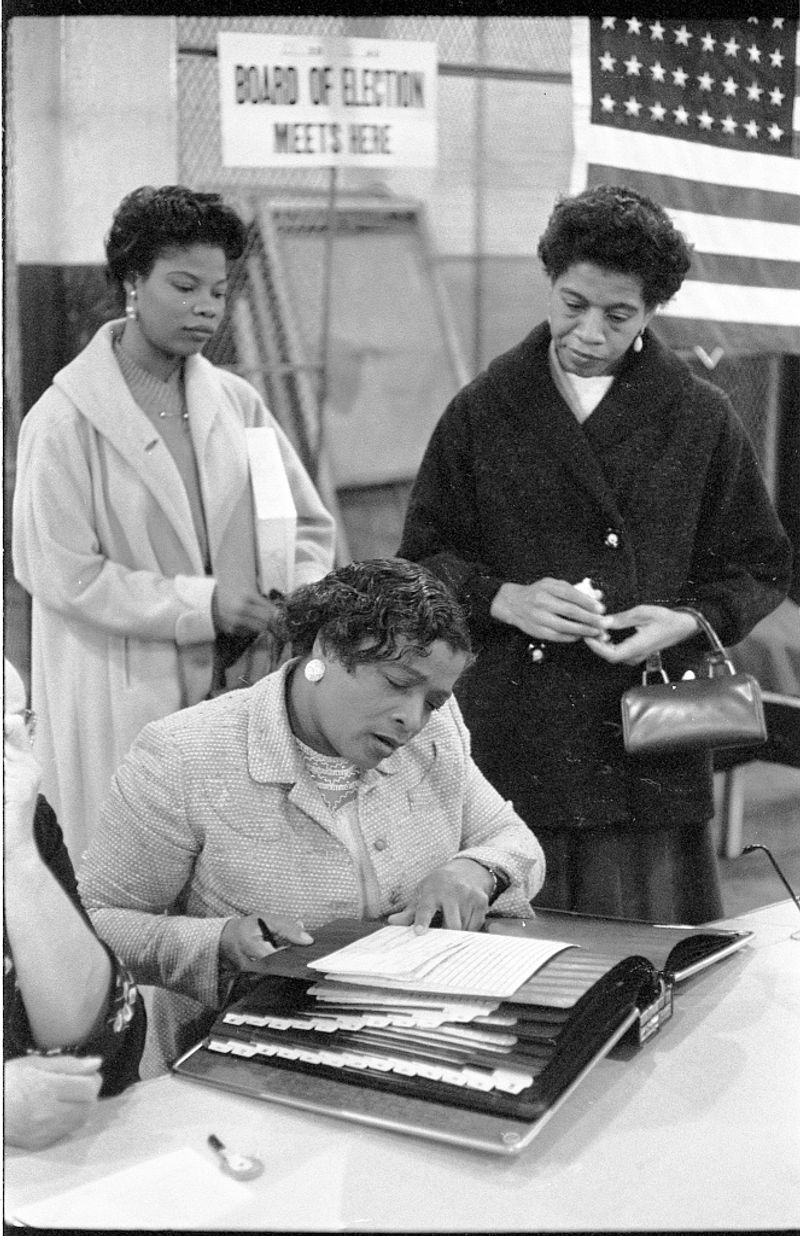
Legal systems offered little protection for Black women, who navigated courts that rarely sided in their favor. Whether facing personal or systemic injustices, they encountered a legal landscape rife with bias and discrimination. Yet, they did not remain passive. Many became vocal advocates for legal reform, working to dismantle the structures that perpetuated inequality.
Through grassroots organizing and legal challenges, they sought to hold the system accountable. Their efforts laid the foundation for future civil rights advancements, highlighting the need for laws that truly serve justice. Despite the odds, their pursuit of equity in the legal realm was unwavering, driven by a vision of fairness and dignity.
19. Carrying Communities With Strength
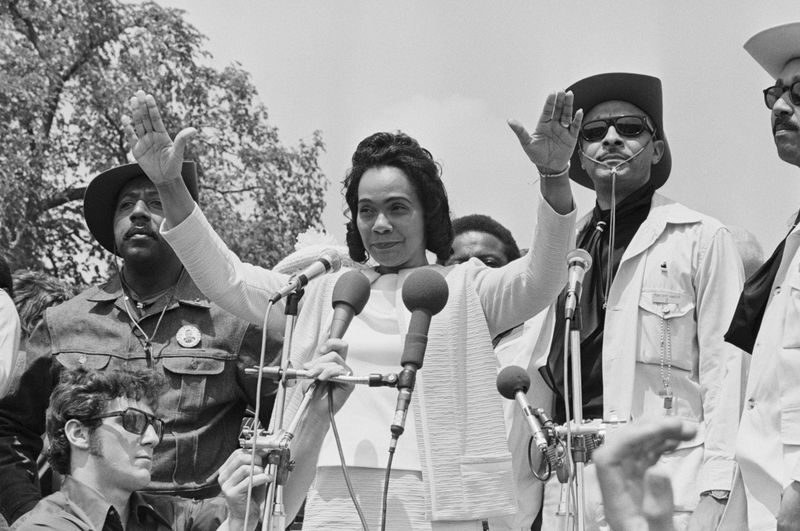
Black women bore the weight of entire communities, yet were often told they were “too much.” Their leadership was indispensable, providing guidance and support in times of need. Despite societal attempts to diminish their contributions, they remained central figures in community life. They organized events, ran churches, and supported families, often without recognition.
This role was both a burden and a source of pride, as they fostered connections and nurtured resilience. Their ability to carry others while advocating for themselves was a testament to their strength. They continue to inspire future generations, illustrating the power of community and the impact of compassionate leadership.

